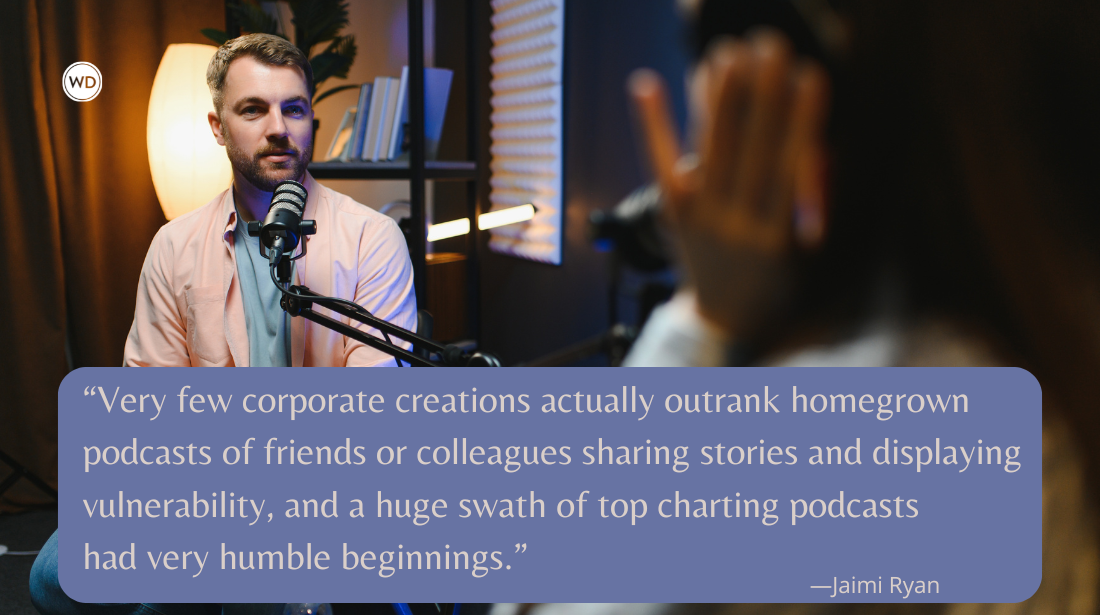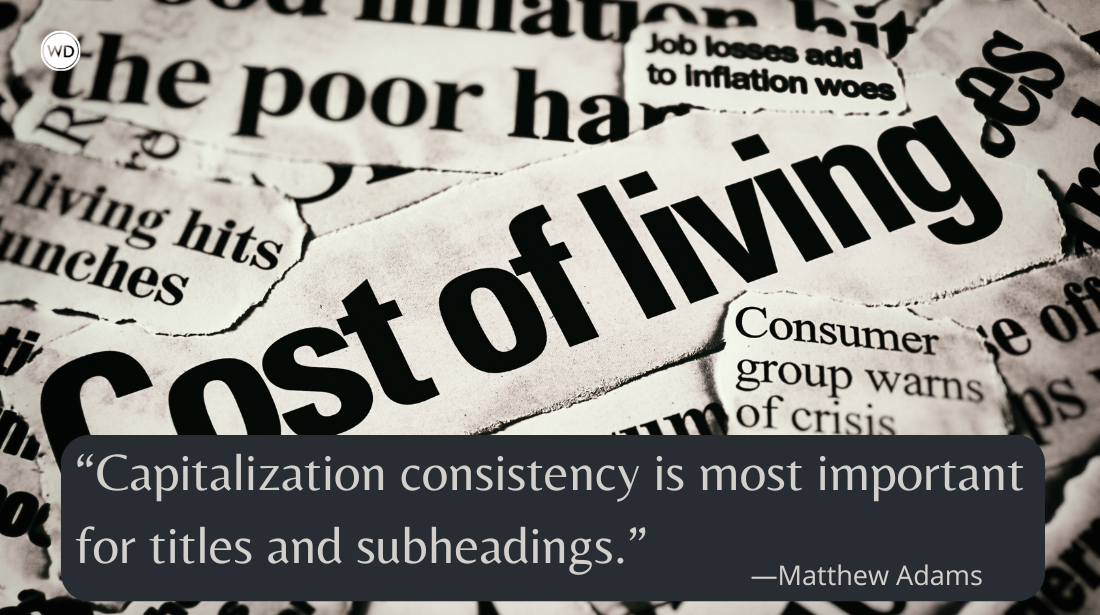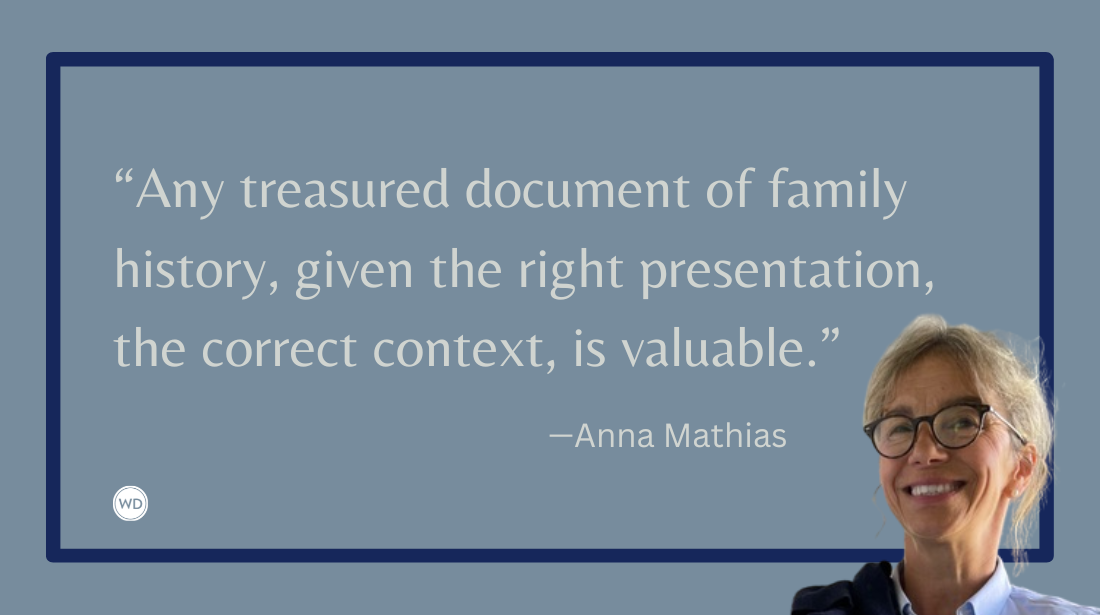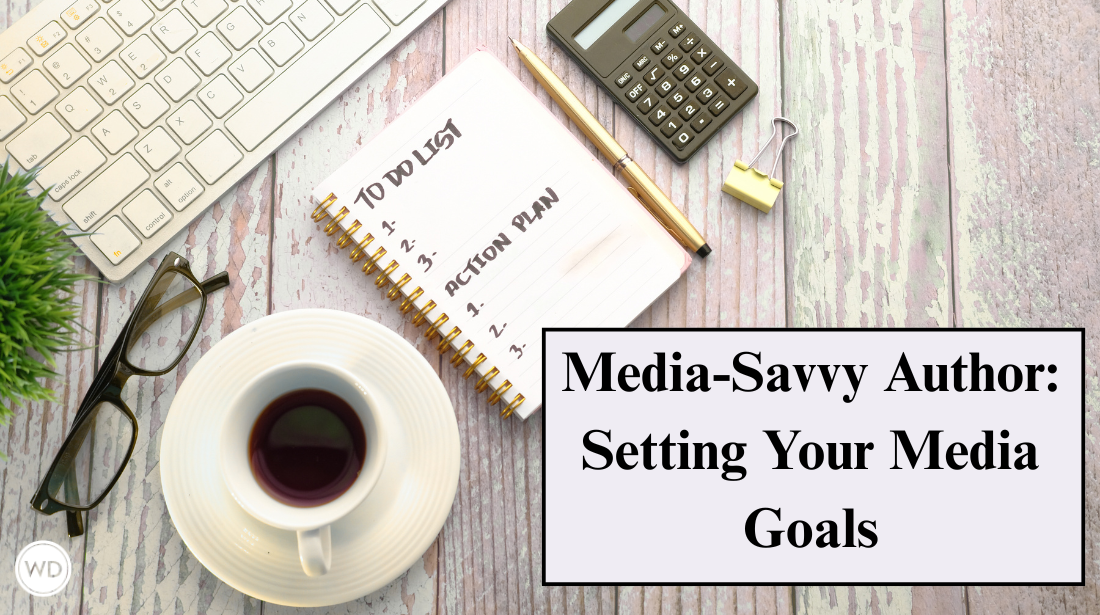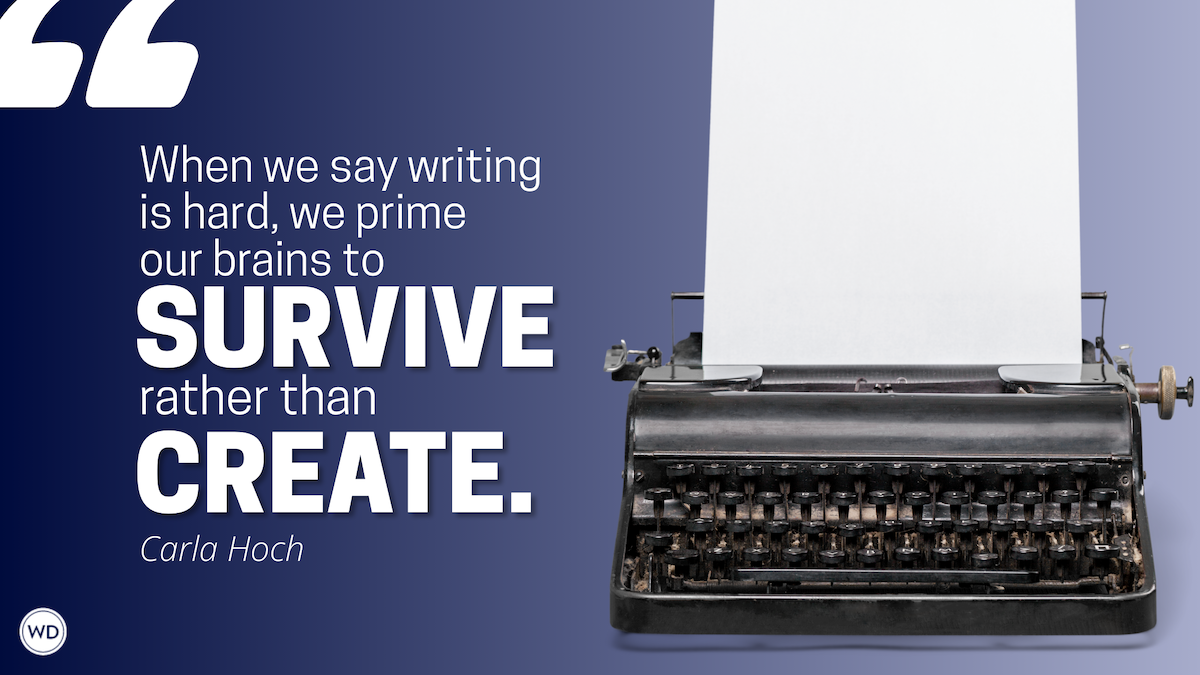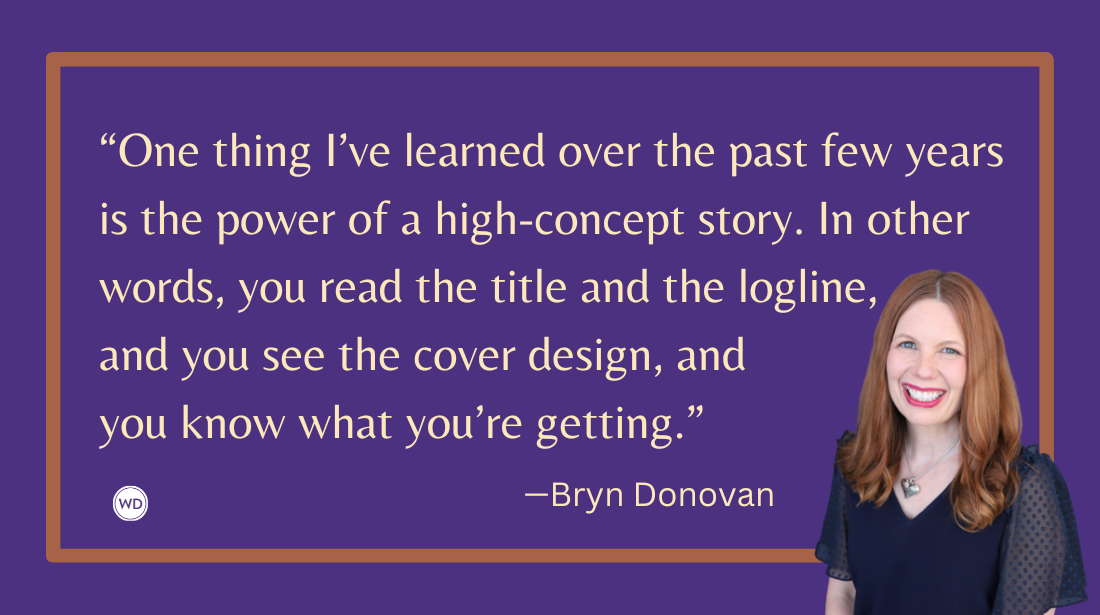Beats, Bars, and Books: Merging Hip-Hop and Literature
Author Nick Brooks breaks down his process of merging hip-hop and literature by writing a novel and a rap album to reach new readers.
Long before Up In Smoke was even conceived of, I was studying literature—I just didn’t know it. I was a kid glued to my headphones, memorizing Jay-Z verses like scripture, decoding DMX’s bars like they were proverbs from Confucius, or dissecting Lupe Fiasco like he was Faulkner or Baldwin. Back then, I didn’t have the language to call it “literary analysis,” but I was doing it—breaking down metaphor, tone, point of view, narrative arc. Hip-hop was my first English teacher. And the artists I idolized weren’t just rappers, they were authors. Poets. Revolutionaries.
So when people ask why I chose to pair a novel with a rap album, the answer is simple: Because they’re not as different as we’ve been told. Hip-hop is literature. It’s the poetry of the streets. The memoir of the marginalized. Chapters compressed into 16-bar confessions. And for many of us, especially Black boys who rarely see ourselves centered in traditional education, hip-hop was the first time we saw our lives, our language, or our truth reflected back at us.
And as I started thinking about how to reach young readers with Up In Smoke—kids like me who love literature but don’t realize it—it hit me: Do something that’s never been done and fuse a YA murder mystery with a hip-hop album. It felt like a revolutionary idea but, how? How could I create two bodies of work that lived independently, yet spoke to each other in rhythm?
Up In Smoke is told from two perspectives—Cooper and Monique. So when it came time to make the album, I knew I needed a third voice, a protagonist. Someone who could push a separate but connected narrative and expand the universe of the book. That voice was Rah Meck. In Up In Smoke he’s a revolutionary, a suspect, a legend to some and a villain to others.
While Cooper and Monique are searching for the truth about a murder that takes place at a Black Lives Matter protest, Rah seems to know more than he’s letting on. And in a story rooted in protest, giving the mic to Rah not only expanded the narrative, but grounded it in the spirit of revolution. This was key in breaking open how I’d accomplish this pairing because at its core, Up In Smoke is about revolution—both personal and political. And hip-hop has always been a revolutionary act. It’s always been a response to oppression and a tool for protest, built by kids trying to make sense of a world set against them.
It was there I realized that even though the novel and the album live in different formats, they can tell the same story. Not in a scene-by-scene, literal way but emotionally and thematically. They move in sync, exploring police brutality, activism, and what it means to grow up Black and unheard in a system designed to erase you. The book gives you the world—Cooper and Monique navigating grief, injustice, and the tangled search for truth. The album gives you the fire underneath it all. Together, they tell a more complete story than either medium existing on its own. And while its success remains to be seen, I’m so grateful for attempting the exercise because I’ve grown tremendously as a storyteller.
See, what I learned is writing prose is like sculpting with clay—you build, shape, layer. It’s a process of exploration. Writing rap is more like carving stone. Once it’s cut, it’s hard to shift. But there’s a beauty in that precision. The word economy required in writing verses made me a sharper novelist. It forced me to ask: What’s the most powerful way to say this? It taught me how to evoke emotion fast. And at the same time, writing narrative made me a better rapper and songwriter.
Working in long-form fiction taught me how to think in terms of story structure—setups and payoffs, turning points, emotional arcs. When building the album, I didn’t just throw a collection of songs together. I treated it like a novel in verse. I let Rah’s voice evolve across the tracks the way a character grows across chapters. I thought about tension, climax, and resolution—not just track order. Every verse had to move the story forward, deepen the theme, or shift the emotion. Crafting a novel and album has pushed me to a place creatively I couldn’t have reached working in just one form. And that’s the magic of Up In Smoke.
This project is bigger than just telling a story—it’s about opening a door. For the kid who’s never seen themselves in a novel but knows every bar of Lil Baby’s, My Turn. This is a bridge. For the classrooms where hip-hop is banned but Shakespeare is sacred, that teach Orwell but not OutKast, this is a challenge. I want to blur those lines. I want to prove that storytelling is storytelling—whether it’s written in chapters or over a beat. I want young people, especially Black boys, to know that reading can feel like rhythm, and that their lives are worthy of literature.
I want to make reading cool again. Especially for the kids who think books aren’t for them. This is deeper than words on the page. This is deeper than rap. It’s a revolution. And if I’ve done my job correctly, Up In Smoke won’t just be read or heard—it’ll be felt all the way through.
Check out Nick Brooks' Up in Smoke here:
(WD uses affiliate links)




